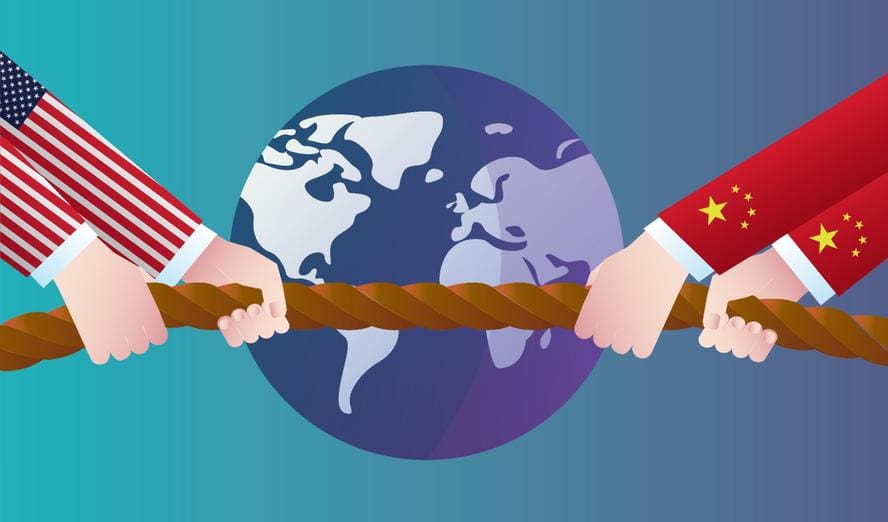Political analyst and CNN host Fareed Zakaria recently highlighted a significant opportunity for India in light of President-elect Donald Trump’s commitment to impose high tariffs on Chinese imports. Speaking at the Express Adda in Mumbai, Zakaria emphasised that while China would bear the brunt of these tariffs, India stands poised to benefit from this geopolitical shift, potentially paving the way for a Free Trade Agreement (FTA) with the United States.
During his discussion with Anant Goenka, Executive Director of The Indian Express Group, and Shubhajit Roy, Diplomatic Editor of The Indian Express, Zakaria noted that Trump’s proposed tariffs—10% on all imports and a staggering 60% on Chinese goods—could serve as a strategic opening for India. He suggested that India should leverage this moment to negotiate a bilateral trade deal with the U.S., which could enhance trade relations and foster economic growth.
Zakaria characterised India as “the most protectionist large economy in the world,” attributing its protectionist policies to domestic industries’ reluctance to face competition. He argued that if the looming threat of U.S. tariffs compels India to open its markets, it could gain greater access to American technology and investment, thus strengthening its economy. “The age of multilateral trade is over,” he stated, advocating for India to pursue bilateral agreements that would solidify its position in the global market.
On the topic of India’s foreign policy, Zakaria expressed concern over its multi-aligned approach, suggesting that India would benefit more by aligning itself with democratic values and liberalism. He pointed out that a closer relationship with Western economies is essential for India’s growth, especially given its current GDP per capita of $2,700 compared to $65,000 in the U.S. He stressed the importance of integrating into global supply chains dominated by advanced economies rather than relying on China or Russia.
Zakaria also underscored India’s favourable public perception in the U.S., noting that 75% of Indians have a positive view of America—higher than in Israel or Poland. This sentiment, coupled with Trump’s historically favourable stance towards India and its leadership under Prime Minister Modi, positions India advantageously as it navigates future trade negotiations.
In conclusion, Zakaria’s insights suggest that India’s response to U.S.-China trade dynamics could redefine its economic landscape. By actively pursuing an FTA with the U.S. and aligning itself with democratic values, India may not only bolster its economy but also enhance its global standing in an increasingly competitive market.

